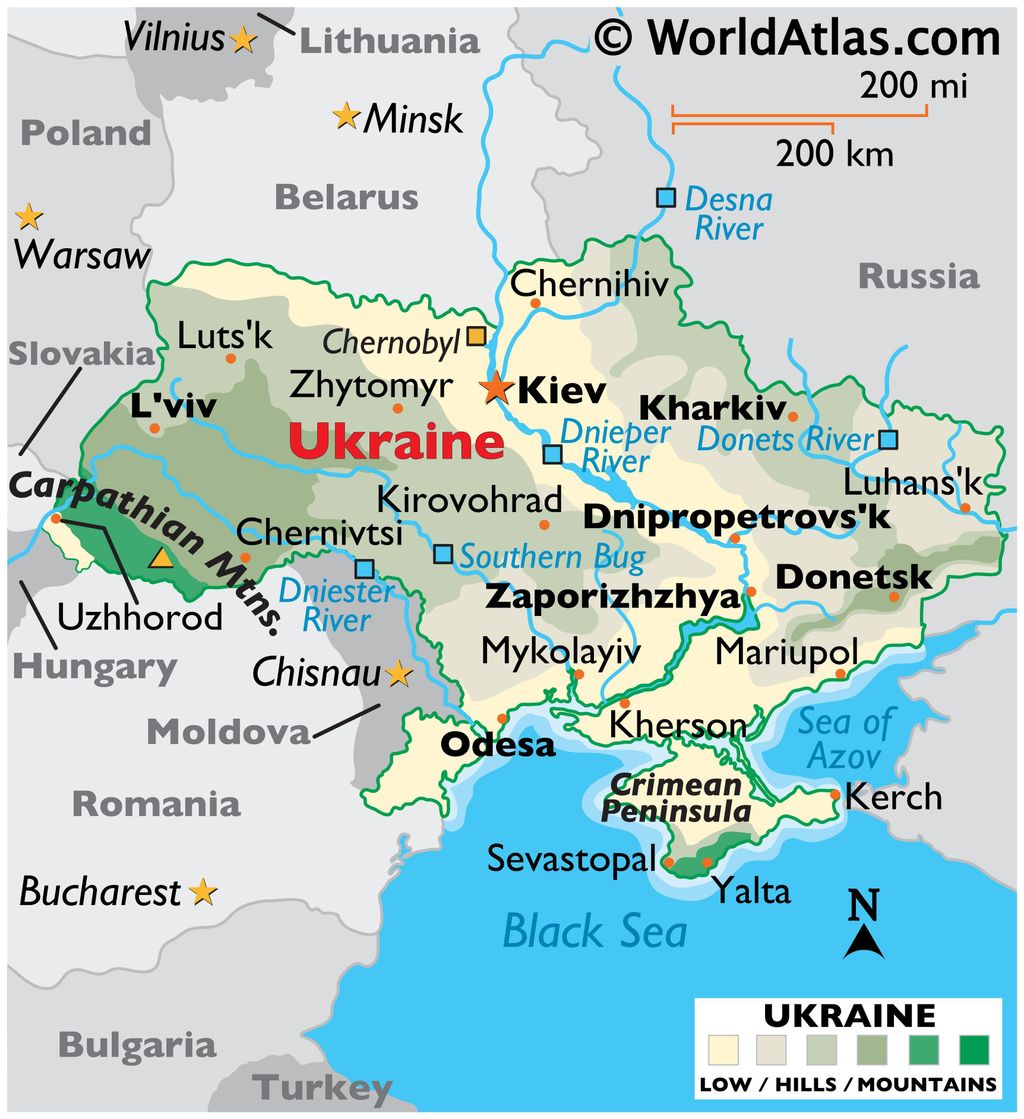
In a war that has defied easy predictions and reshaped geopolitical landscapes, Ukraine launched a surprise incursion into Russian territory in August 2024, seizing a considerable landmass in the Kursk region. This bold maneuver, executed with profound secrecy and tactical ingenuity, marked the first time foreign troops had occupied Russian soil since World War II.
While initially hailed as a potential game-changer, intended to provide Kyiv with vital territorial leverage for future peace negotiations, the operation ultimately saw Ukrainian forces forced into a long, grueling retreat. Today, only a small fraction of the initially captured land remains under Ukrainian control, casting a complex shadow over its strategic success amidst renewed diplomatic pressures.
The genesis of this audacious plan emerged from a period of profound challenge for Ukraine. Russian forces were consolidating gains across the front lines, artillery shells were scarce, and troop recruitment lagged. Kharkiv, Ukraine’s second-largest city, had narrowly avoided encirclement, and the crucial rail hub of Pokrovsk appeared on the verge of falling.
It was against this grim backdrop, on a warm June day last year, that Col. Dmytro Voloshyn, commander of Ukraine’s 82nd Air Assault Brigade, received a shocking directive from Gen. Oleksandr Syrsky, Ukraine’s commander in chief. Voloshyn was ordered to draft a plan to invade Russia, an instruction he later admitted made him think the higher command “had gone crazy.”
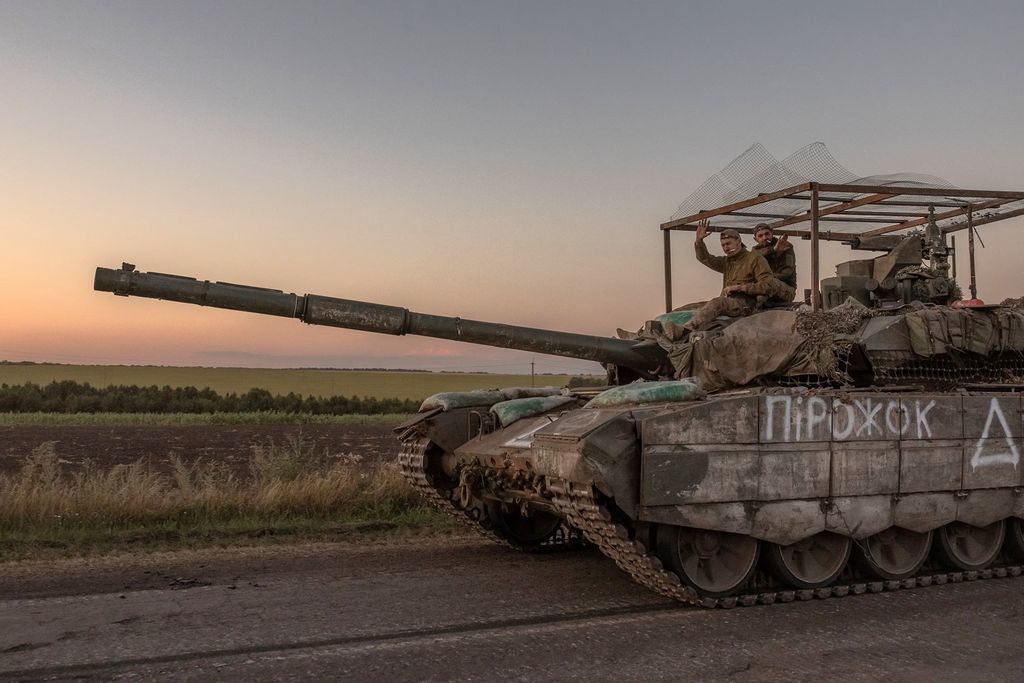
Indeed, the audacity of the proposal was such that one of Voloshyn’s peers, the commander of Ukraine’s 80th Assault Brigade, refused to proceed with the operation and was subsequently dismissed. The inherent risks and monumental scale of such an undertaking were clear from the outset, demanding an extraordinary degree of commitment and belief.
Over six weeks last summer, the plan took shape under an impenetrable veil of secrecy. Voloshyn’s team and a select group of military officials meticulously studied video footage of the Kursk region, identifying vulnerabilities and charting intricate routes from Ukraine’s Sumy region. The more entry points Voloshyn uncovered, the more his initial skepticism gave way to conviction, solidifying his belief in the feasibility of the operation.
Crucially, Kyiv kept its intentions hidden from its international partners, including the United States. This decision was a direct consequence of the painful lessons learned from Ukraine’s failed 2023 counteroffensive, where public appeals for U.S. support inadvertently provided Russia with months to prepare. As Syrsky wisely put it, “Victories love silence. They are born in silence and prepared in silence.”
Thousands of troops were dispatched to training grounds to practice assault maneuvers, unaware of their eventual deployment. They were later moved to Sumy, many believing they were preparing to defend Ukrainian territory from an imminent Russian attack. This layer of deception underscored the deep commitment to operational security.
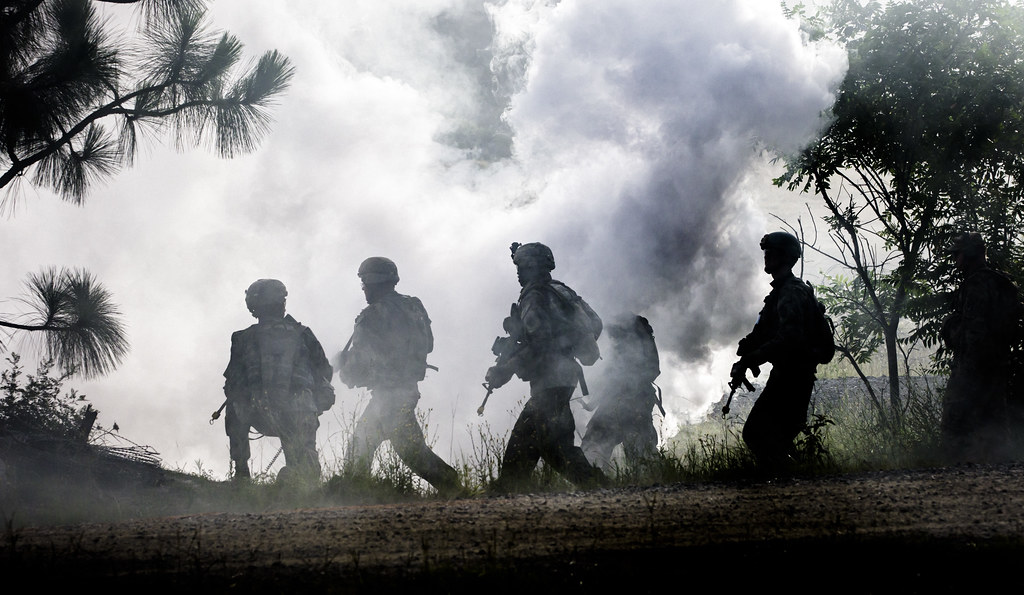
Maj. Oleh Shyriaiev, commander of the Ukrainian 225th Separate Assault Battalion, overseeing hundreds of new recruits specifically trained for the mission, was not informed of the true objective until just two weeks before the border crossing. His initial reaction vividly captured the scale of the gamble: “I thought that either we would die or be surrounded.”
Days before the operation commenced, Shyriaiev and other commanders, including Voloshyn, meticulously memorized maps and established communication plans, fully aware that the Starlink internet connections Ukrainian troops relied upon would likely fail once they crossed into Russia. This foresight underscored the meticulous planning involved.
Then, on August 6, the invasion began. Ukrainian engineering vehicles systematically destroyed Russian barriers, paving the way for troops to surge across the border. By day’s end, Shyriaiev had relocated his headquarters three miles into Russian territory, to a base in Daryno. “We had the enemy’s documents, maps of minefields, maps of artillery, and everything,” he recalled, emphasizing the swift capture of vital intelligence.
The initial phase of the incursion proved remarkably successful. Ukrainian troops, equipped with Western weaponry, including U.S.-made HIMARS, advanced rapidly, seizing Russian territory and capturing over a thousand bewildered Russian soldiers, many of them raw recruits. Within two days, Shyriaiev’s troops had covered the distance they had anticipated taking five days to traverse.
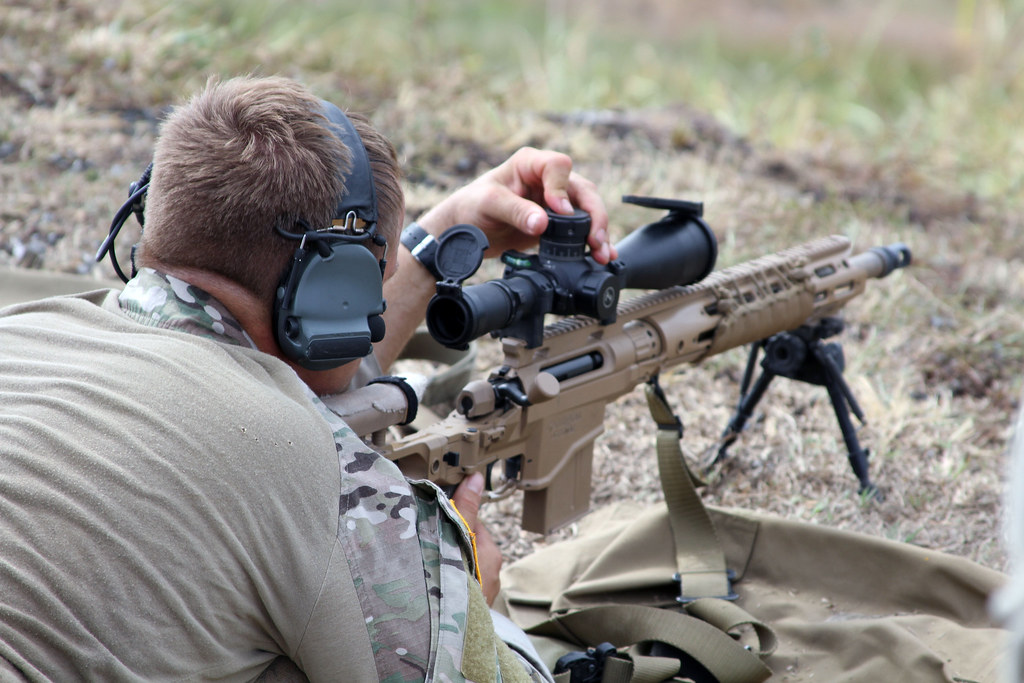
The use of Western weapons significantly hampered the Russian response, enabling the swift resolution of concentrated enemy positions. “Wherever we got into trouble, we solved the problem: Where there was an enemy concentration, we destroyed them,” Shyriaiev affirmed, highlighting the effectiveness of these advanced systems.
The surprise operation stunned the Kremlin, forcing Moscow to urgently divert reinforcements. Lt. Gen. Apti Allautdinov, commander of Chechnya’s Akhmat special forces, was rushed to Kursk from near the besieged Ukrainian town of Vovchansk. The initial Russian response was marked by disarray, with an Akhmat commander, identified by his call sign Aid, describing the situation as “chaos.”
This messy, uncoordinated Russian reaction provided Kyiv with valuable time to consolidate its control over the newly occupied territory. Syrsky’s initial hypothesis that Russian troops “would just run away” when confronted by unexpected Ukrainian forces really happened in the early stages, as Voloshyn recounted.
Military equipment: Weapon
Categories: All articles needing additional references, All articles to be expanded, All articles with unsourced statements, Articles needing additional references from December 2021, Articles to be expanded from May 2018, Articles with short description, Articles with unsourced statements from December 2021, CS1 errors: missing periodical, Commons category link is on Wikidata, Military equipment, Security, Short description is different from Wikidata, War, Weapons
Summary: A weapon, arm, or armament is any implement or device that is used to deter, threaten, inflict physical damage, harm, or kill. Weapons are used to increase the efficacy and efficiency of activities such as hunting, crime (e.g., murder), law enforcement, self-defense, warfare, or suicide. In a broader context, weapons may be construed to include anything used to gain a tactical, strategic, material, or mental advantage over an adversary or enemy target. While ordinary objects such as rocks and bottles can be used as weapons, many objects are expressly designed for the purpose; these range from simple implements such as clubs and swords to complicated modern firearms, tanks, missiles, and biological weapons. Something that has been repurposed, converted, or enhanced to become a weapon of war is termed weaponized, such as a weaponized virus or weaponized laser. The evolution of weaponry has been closely tied to advancements in technology and societal needs, with historical shifts from rudimentary tools to sophisticated systems reflecting broader changes in warfare and security paradigms.
Get more information about: Weapon
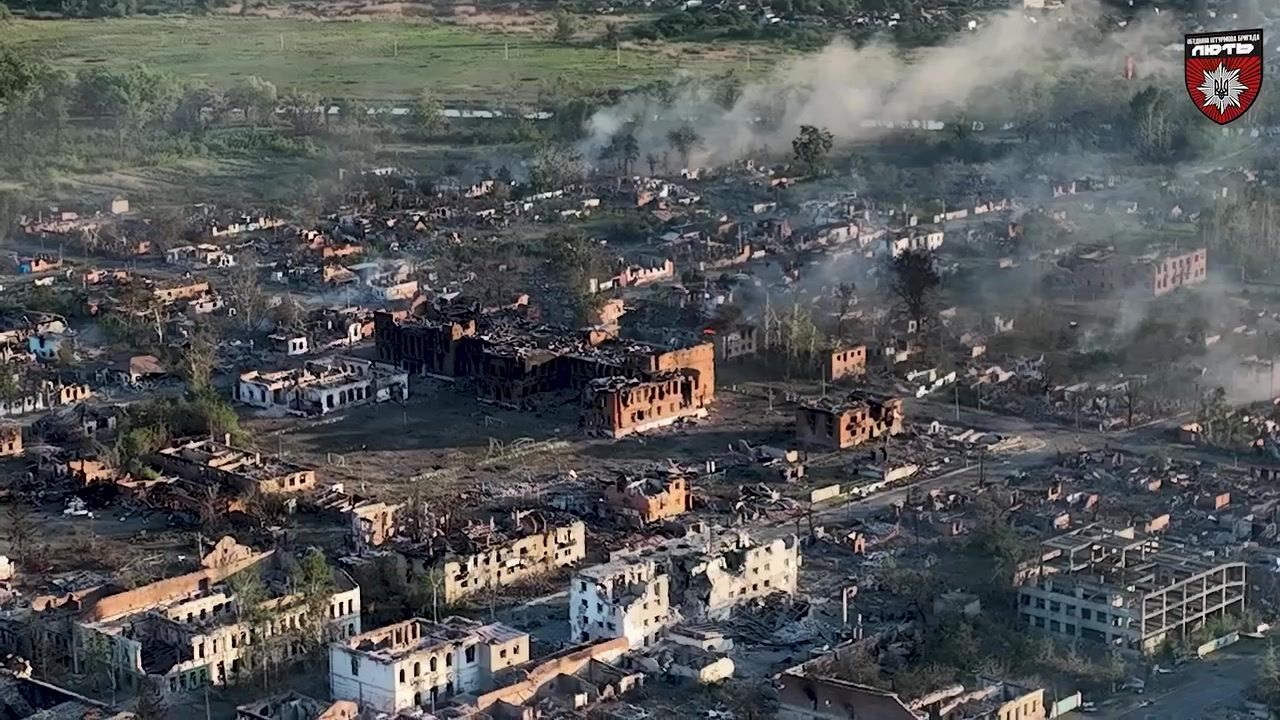
Despite the initial triumphs, the tide began to turn by early fall, and Ukrainian jubilation waned. While the diversion of Russian troops had temporarily eased pressure on other parts of the front, particularly around Vovchansk, Russian forces were now relentlessly pushing to retake Kursk. Ukrainian units began losing ground, partly due to rotations that brought in less-experienced troops.
The situation grew increasingly grim as Russian forces, reportedly furious over the Ukrainian invasion, began executing Ukrainian prisoners of war in Kursk, according to Ukraine’s prosecutor general’s office. This escalation of brutality underscored the escalating stakes of the conflict.
A significant turning point arrived in December with the appearance of thousands of North Korean troops in Kursk. These reinforcements, moving in large groups seemingly oblivious to drone threats, proved exceptionally formidable. As Syrsky emphatically stated, “Without the Koreans, they would not have had any success at all.”
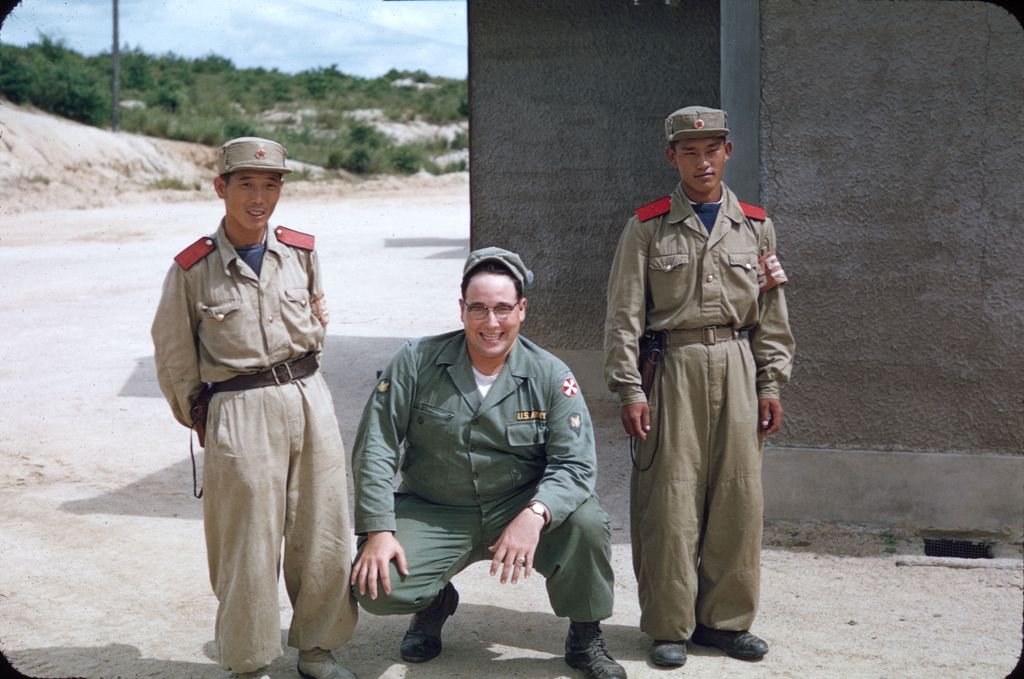
Beyond the influx of North Korean forces, Russia also intensified its use of glide bombs on Ukrainian villages in the Sumy region and deployed fiber-optic drones, which proved effective in severing key Ukrainian supply routes. These tactics enabled Russia to advance on Ukraine’s vulnerable flanks, making travel along the last key road to Sudzha a deadly gamble for Ukrainian troops.
The Russians also employed a particularly insidious tactic: Operation Stream. A Russian brigade, led by Akhmat troops, devised a plan to ambush Ukrainian forces from the rear by sending soldiers through a disabled underground gas pipeline. This tactic had been previously used by Russia in the Ukrainian city of Avdiivka, demonstrating a chilling adaptability.
The arduous journey through the five-foot-tall, slime-coated pipe, lasting 24 hours of crawling, took an immense toll on the Russian soldiers. Timso, a Russian commander who participated, described the experience as a “nightmare” and “purgatory.” Soldiers suffered from lack of oxygen, methane inhalation, and extreme dehydration, leading to hallucinations and despair.
“All of us believed that we were going to die in there, but we kept going,” Timso recounted, painting a stark picture of the brutal conditions. When the order to attack came on March 8, the Russian forces, though looking like “miners” covered head-to-toe in black and suffering from various ailments, unleashed a sudden surge of willpower, pouring out of the pipeline to descend on Ukrainian positions.
Military equipment: Glide bomb
Categories: Aerial bombs, All Wikipedia articles in need of updating, All accuracy disputes, All articles needing additional references, All articles with unsourced statements, Articles needing additional references from March 2025, Articles with disputed statements from January 2013, Articles with short description, Articles with unsourced statements from October 2008, Bombs, CS1: abbreviated year range, CS1 errors: missing title, Commons category link from Wikidata, Glider aircraft, Guided bombs, Short description is different from Wikidata, Wikipedia articles in need of updating from March 2025
Summary: A glide bomb or stand-off bomb is a standoff weapon with flight control surfaces to give it a flatter, gliding flight path than that of a conventional bomb without such surfaces. This allows it to be released at a distance from the target rather than right over it, allowing a successful attack without exposing the launching aircraft to anti-aircraft defenses near the target. Glide bombs can accurately deliver warheads in a manner comparable to cruise missiles at a fraction of the cost—sometimes by installing flight control kits on simple unguided bombs—and they are very difficult for surface-to-air missiles to intercept due to their tiny radar signatures and short flight times. The only effective countermeasure in most cases is to shoot down enemy aircraft before they approach within launching range, making glide bombs very potent weapons where wartime exigencies prevent this. World War II-era glide bombs like the German Fritz X and Henschel Hs 293 pioneered the use of remote control systems, allowing the controlling aircraft to direct the bomb to a pinpoint target as a pioneering form of precision-guided munition. Modern systems are generally self-guided or semi-automated, using GPS or laser designators to hit their target. The term “glide bombing” does not refer to the use of glide bombs, but a style of shallow-angle dive bombing.
Get more information about: Glide bomb
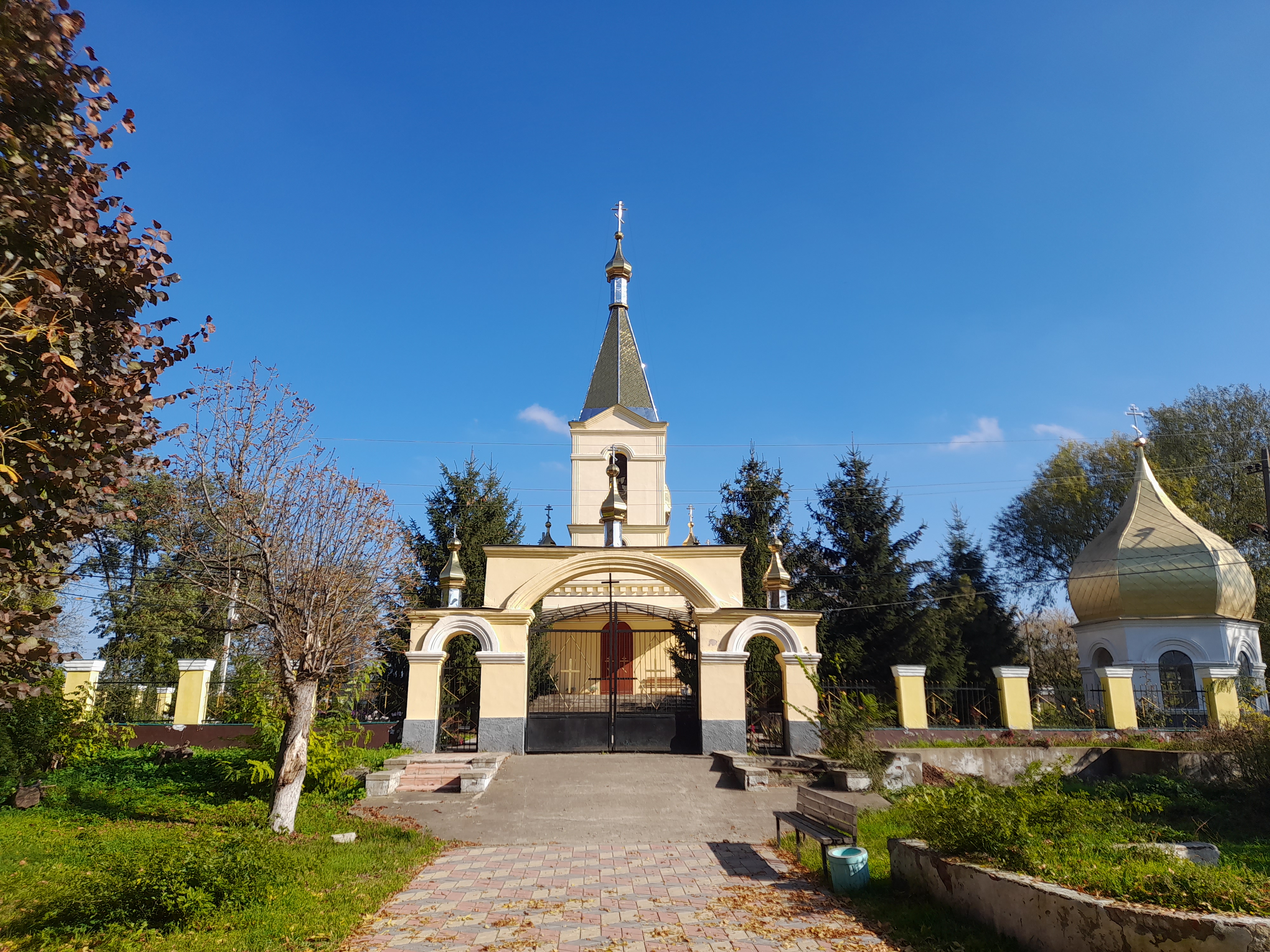
Shyriaiev acknowledged Ukraine’s vulnerability: “This is yet another case of us stepping on the same rake,” referring to Ukraine’s lack of preparedness for such a tactic. The operation, however, also exacted a heavy toll on Russian forces, with several fighters dying of suffocation before the assault, and others suffering severe health problems afterward.
As spring bloomed, Russian forces streamed into Sudzha and through other weak points, leading to rapid and random Ukrainian retreats. The Russians further breached the Ukrainian border from Kursk south into Sumy, advancing toward the key village of Yunakivka, bringing them within artillery and small drone range of Sumy city.
In some village battles, Ukrainian troops found themselves outnumbered by as much as eight to one. Despite some recent successes in pushing Russians back in certain areas, many Ukrainians now view the Russian advance as inevitable, though they still regard the initial Kursk operation as a success for holding Moscow off for a year.
The Kursk operation, despite its massive cost in equipment and lives, achieved its primary objective of diverting Russian troops and equipment. Syrsky insists that by keeping Russian forces focused on defending their own territory, Ukrainian lives were saved. “Without Kursk, he said, Russia would have used those resources to attack Ukraine.”

The incursion also profoundly impacted Russian domestic politics. Moscow, despite the humiliation of having its territory occupied, spun the Ukrainian occupation of Kursk as a heroic success, linking it to Russia’s historical military exploits. At a new war memorial commemorating the 1943 Battle of Kursk, captured NATO and U.S. military vehicles were displayed alongside Ukrainian schoolbooks and drones, aimed at glorifying the conflict.
Yet, this narrative deliberately omitted a crucial detail: Ukraine would never have invaded Kursk had Russia not launched its full-scale invasion of Ukraine in the first place. This fundamental truth underscores the complex and often distorted narratives that define the conflict.
As the war enters its fourth year, the broader geopolitical landscape remains gridlocked, marked by stark differences between Russian President Vladimir Putin and Ukrainian President Volodymyr Zelensky. President Donald Trump, who is scheduled to host Putin in Alaska, continues to push for a truce, despite his initial promise to end the conflict within 24 hours of his return to office.
Military equipment: List of military equipment of NATO
Categories: All articles needing additional references, Articles needing additional references from October 2022, Articles with short description, CS1 Estonian-language sources (et), CS1 French-language sources (fr), CS1 Polish-language sources (pl), Lists of military equipment, Lists of military lists, Long lists of lists, Military equipment of NATO, NATO-related lists, Short description is different from Wikidata
Summary: This list details the military equipment used by NATO. The page is sorted by countries listed alphabetically. After the country-specific lists is an overview of NATO military equipment, as well as general information about NATO forces: armies, air forces, and navies. The overview sections are based on the information in the lists that precede them.
Get more information about: List of military equipment of NATO
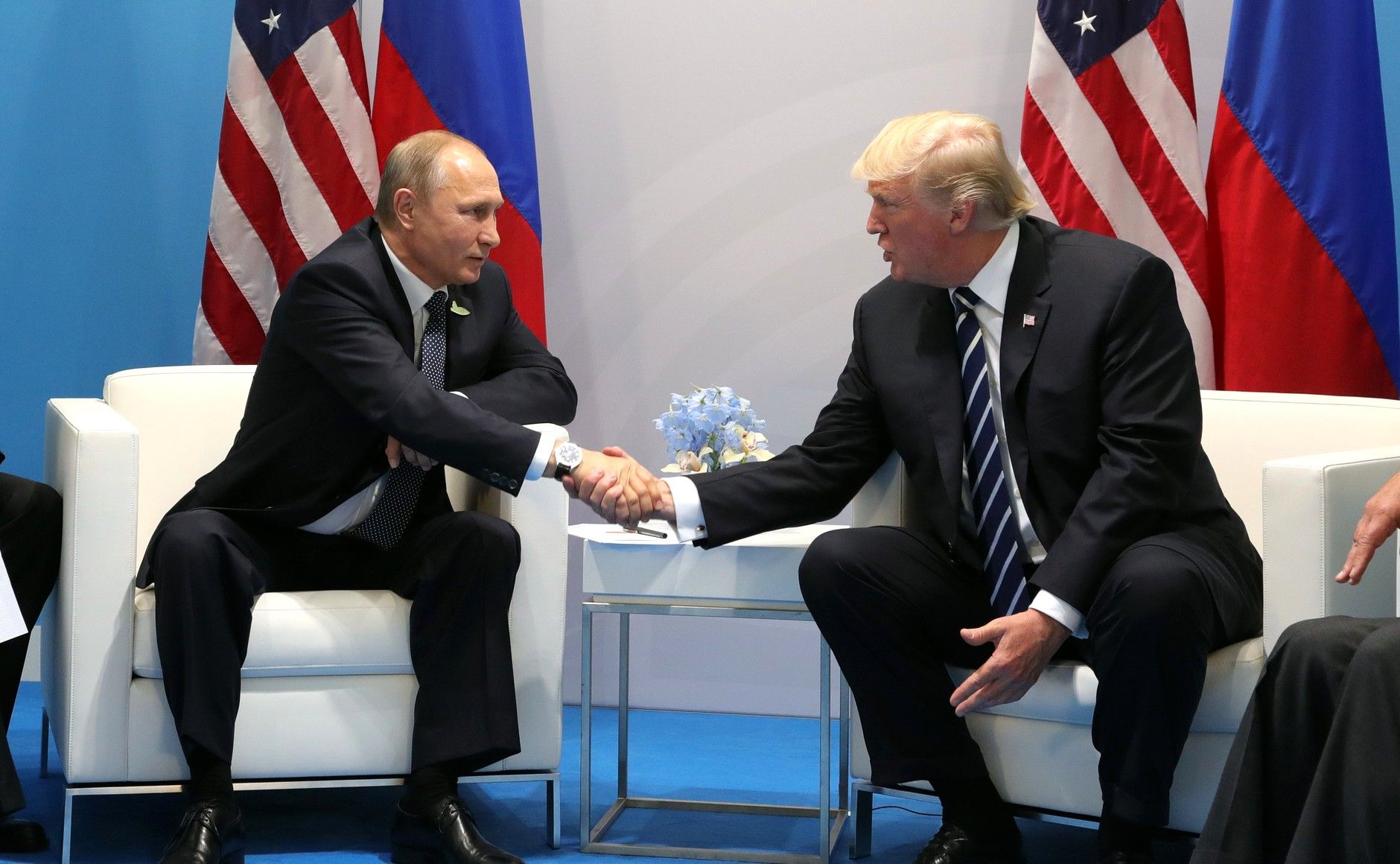
Putin’s maximalist position is rooted in a deeply entrenched belief that Russia should extend beyond its current borders. He views the collapse of the Soviet Union as a “disintegration of historical Russia” and has repeatedly claimed Ukrainians and Russians are “one people.” This perspective underpins his demands for Ukraine to cede territory.
As of early August, Russia occupies nearly a fifth of Ukraine, with an offensive stretching across a frontline of over 1,000 kilometers. Putin’s attrition of Ukraine’s borders predates the full-scale invasion, notably with the illegal annexation of Crimea in 2014 and the incitement of a separatist insurgency in parts of the Donbas region.
Crimea, annexed in 2014, holds significant historical and strategic importance for Russia. It was annexed by the Russian Empire in 1783, and its strategic location is key to controlling shipping in the Black Sea and projecting military power. The harbor of Sevastopol has historically housed Russia’s Black Sea Fleet, and the Kerch Bridge, opened in 2018, serves as a vital logistics route for Russian forces.

The Donbas region, Ukraine’s historical coal mining and steelmaking heartland, also holds substantial reserves of coal and other natural resources like lithium, titanium, and graphite. Beyond economic value, control of the Donetsk region’s “fortress belt” is critical for Ukraine’s defensive lines, while Russian control of Mariupol has established a land corridor from the Russian border to Crimea.
Meanwhile, the southern provinces of Kherson and Zaporizhzhia, now partially occupied, are integral to Ukraine’s agricultural output, historically known as the “breadbasket of Europe.” The capture of the Zaporizhzhia nuclear power plant, Europe’s largest, further underscores the strategic depth of Russia’s territorial gains.
Putin has asserted Russian sovereignty over all of the Donetsk, Luhansk, Zaporizhzhia, and Kherson regions, even though his forces have never fully controlled them. He declared these four regions “forever” part of Russia in September 2022, and a 2020 amendment to the Russian constitution bans the relinquishing of territory once proclaimed as belonging to Russia.
In stark contrast, Zelensky has repeatedly stated Ukraine’s unwavering goal to restore its borders to what they were when the country gained independence, including Crimea. He maintains that Ukraine will never recognize its occupied territories as Russian and will not agree to cede this land for a peace deal.
Military equipment: List of military engagements during the Russian invasion of Ukraine
Categories: Articles with short description, Battles of the Russian invasion of Ukraine, CS1 French-language sources (fr), CS1 Ukrainian-language sources (uk), CS1 maint: multiple names: authors list, Interlanguage link template existing link, Lists of armed conflicts in 2022, Lists of armed conflicts in 2023, Lists of armed conflicts in 2024, Lists of battles by war, Military operations of the Russian invasion of Ukraine, Russo-Ukrainian War related lists, Short description is different from Wikidata, Ukrainian military-related lists, Use dmy dates from October 2022, Webarchive template wayback links, Wikipedia extended-confirmed-protected pages
Summary: This is a list of military engagements during the Russian invasion of Ukraine, encompassing land, naval, and air engagements as well as campaigns, operations, defensive lines, and sieges. Campaigns generally refer to broader strategic operations conducted over a large territory and over a long period. Battles generally refer to short periods of intense combat localised to a specific area and over a specific period. However, the use of the terms in naming such events is not consistent.
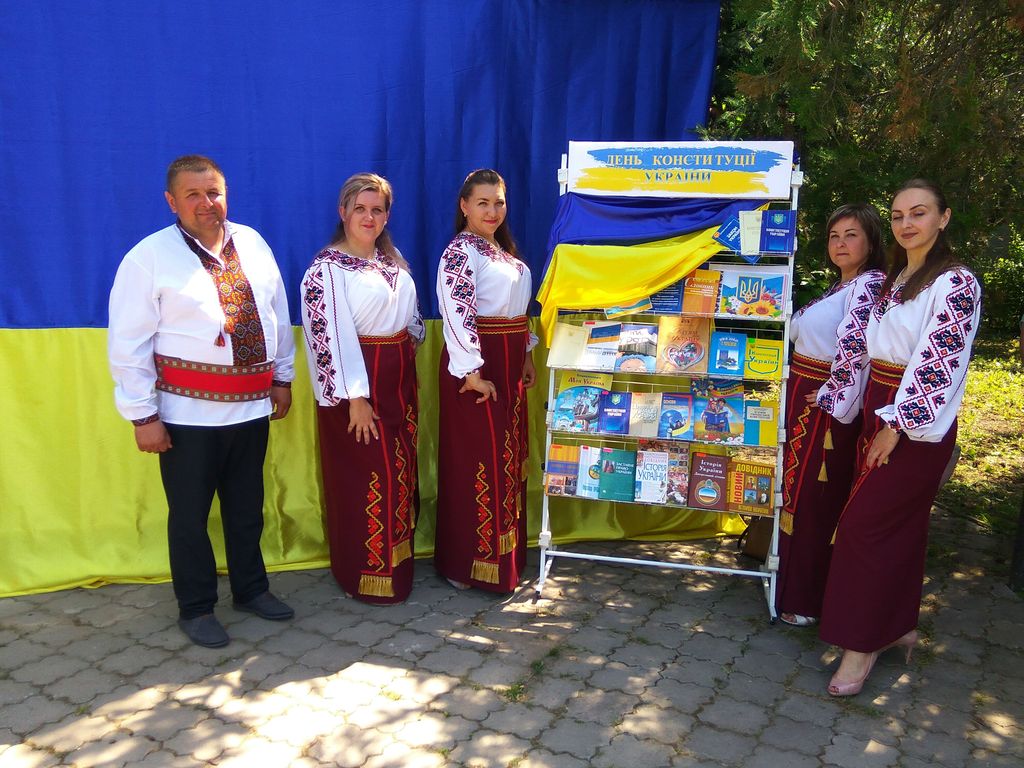
Ukraine’s constitution, adopted in 1996, defines the country’s territory as “indivisible and inviolable,” specifically identifying Crimea as an “inseparable constituent part of Ukraine.” This constitutional bedrock forms the foundation of Kyiv’s resolute stance.
While Zelensky’s refusal to relinquish territory is a position widely shared by Ukrainians, support for this stance has softened as the war drags on, counter-offensives stall, and casualties mount. A poll in May 2022 showed 82 percent of Ukrainians against giving up any territory, even if it prolonged the war. By early June 2025, that figure had fallen to 52 percent.
More recently, a survey from late July to early August indicated that 54 percent of Ukrainians supported a plan involving a frozen frontline without formal recognition of Russian sovereignty over occupied territories, coupled with security guarantees from the U.S. and Europe, and gradual lifting of sanctions on Russia. This reflects a growing public pragmatism.
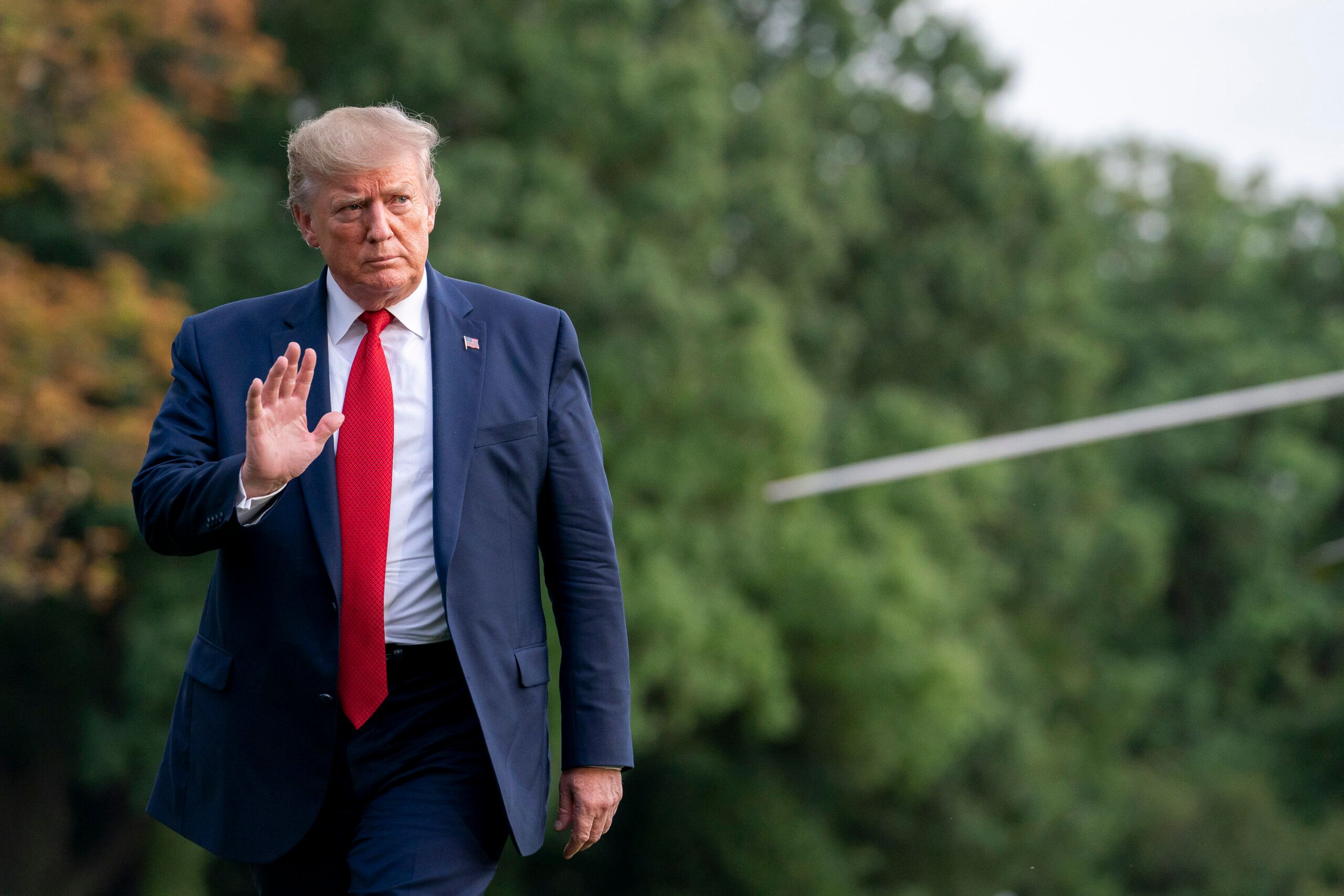
President Trump’s approach to the conflict, characterized by a transactional style, introduces further complexity. While he has expressed frustration with Putin’s refusal to cease hostilities, there is little indication that this will benefit Zelensky. Trump has floated the idea of “some swapping of territories to the betterment of both,” a concept swiftly rejected by Ukraine.
European leaders, while committed to Ukraine’s territorial integrity, acknowledge the difficult realities. Nato Secretary General Mark Rutte has suggested that the issue of territory would “have to be on the table” during negotiations, potentially involving Ukraine acknowledging lost control without formally giving up sovereignty.
One potential economic incentive for Trump, as well as a point of leverage for Zelensky, is the minerals deal signed in April, which grants the U.S. a stake in the profits from Ukraine’s natural resources. This could theoretically provide an economic motivation for a settlement that returns more Russian-occupied areas to Ukrainian control.
Can Kasapoğlu, a senior fellow at the Hudson Institute, views the Kursk operation as Ukraine’s “best shot” in an attritional war where Russia holds a stamina advantage. He emphasizes that the value of the territory lies not in its size but in its potential to create a dialogue between equals for territory exchange.
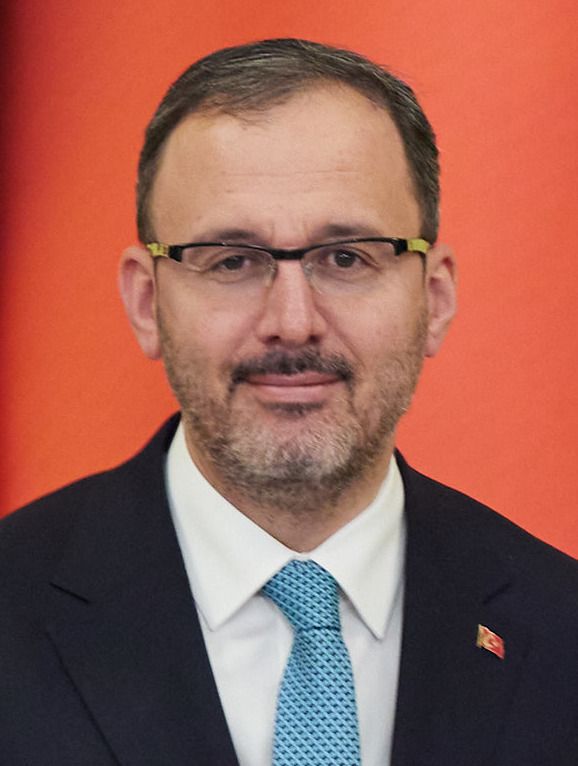
However, Kasapoğlu also highlights the significant gamble taken by Ukraine in pulling soldiers from the Pokrovsk front to participate in the Kursk invasion. While he wouldn’t be surprised to see Ukrainian flags in Kursk in the coming months, he also anticipates the possibility of Russian combat formations fully invading Pokrovsk in the weeks or months ahead.
The strategic implications of Pokrovsk’s potential fall are immense. As a critical transportation hub in the east, its capture would open numerous avenues for the Russian military to advance further into Eastern Ukraine, potentially completing the conquest of the Donetsk region—a core objective of Russia’s territorial strategy.
Beyond ground operations, Ukraine’s increasing long-range strike capabilities, demonstrated by attacks deep within Russian territory, are having a significant impact. These strikes, hitting Russian bases hosting aircraft and glide bombs, are militarily important. Geopolitically, they are also, as Kasapoğlu suggests, exposing Russia’s nuclear bluff to the West by proving deep strikes do not trigger a tactical nuclear response.
The Kursk incursion, a testament to Ukraine’s enduring capacity for surprise and resilience against a larger, better-armed adversary, encapsulates the war’s multifaceted nature. It was a bold, high-stakes gamble that yielded mixed results, demonstrating both Ukraine’s ingenuity and the brutal, relentless grind of a conflict where every inch of territory is contested, and the human cost is immeasurable. The future of the frontlines, and indeed the entire region, remains precariously balanced on the ongoing interplay of military action, diplomatic maneuvering, and the unwavering determination of those caught in its devastating path.



